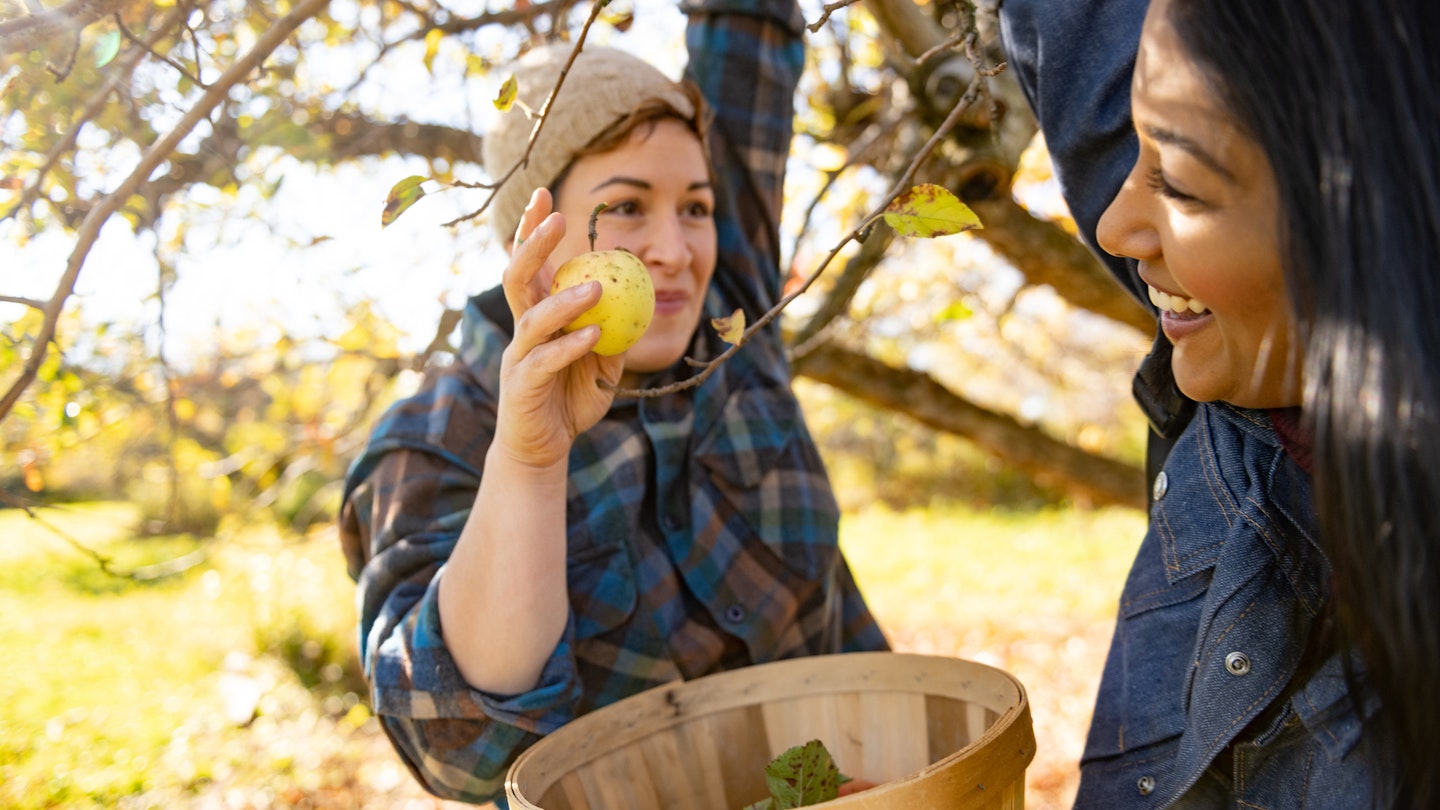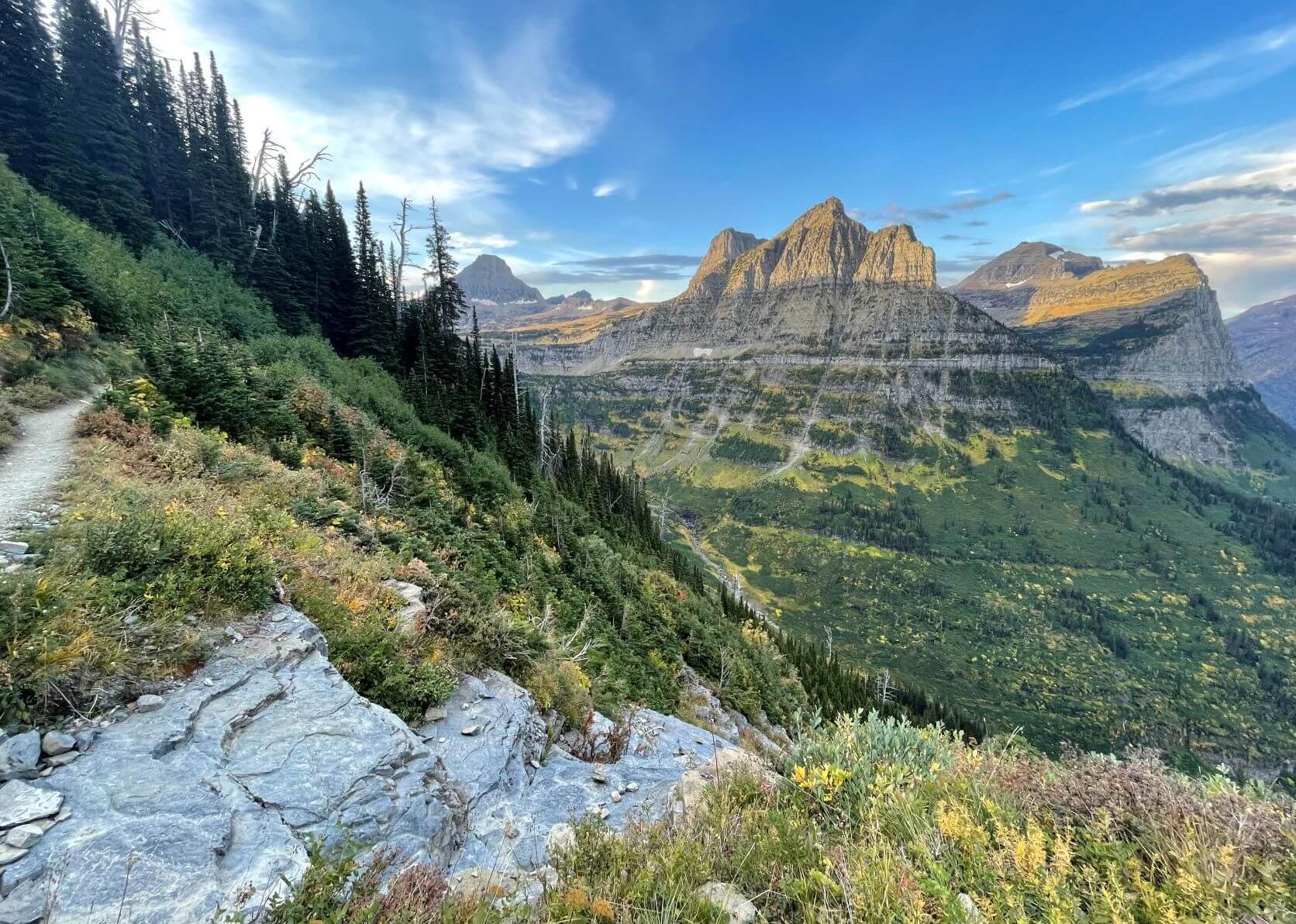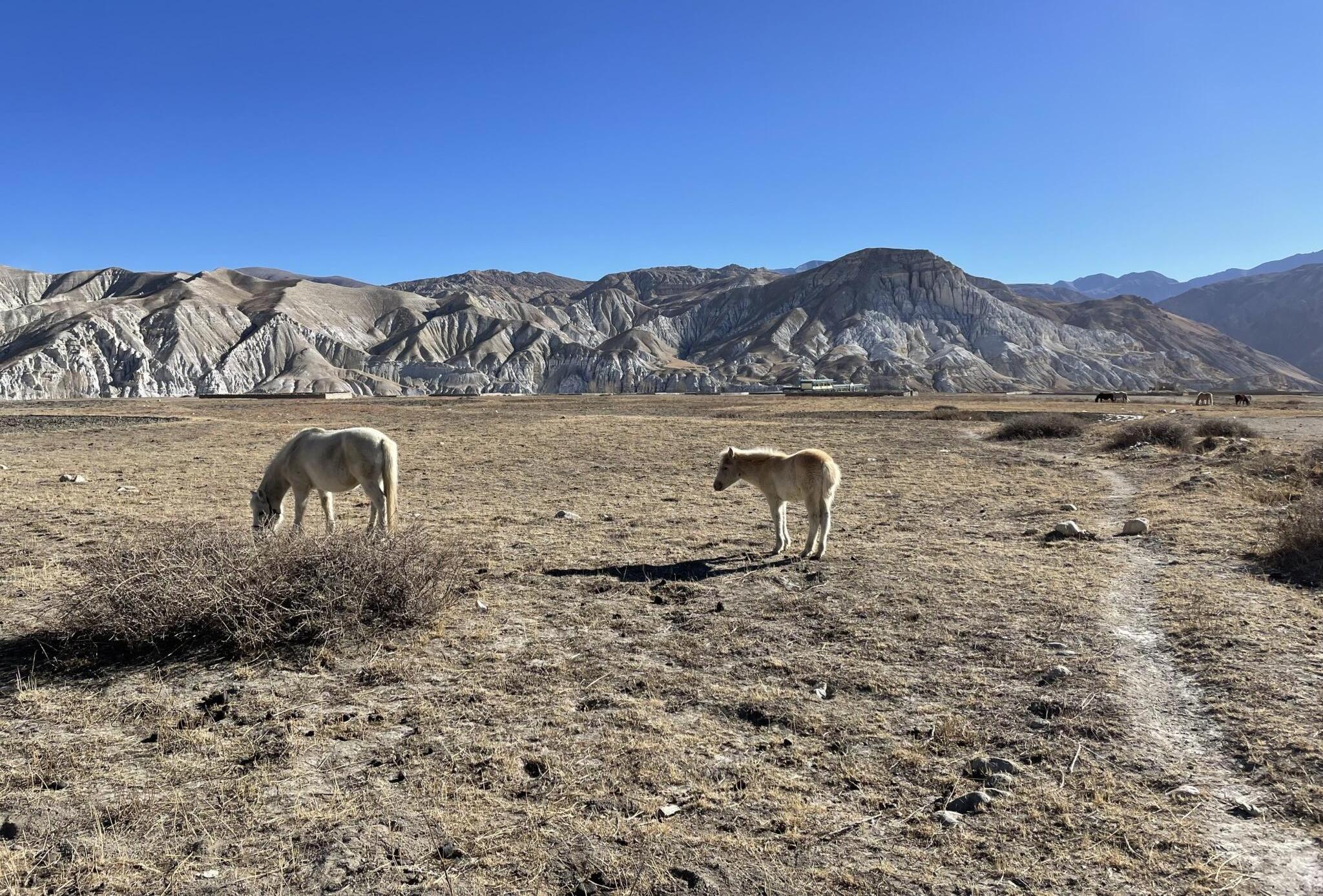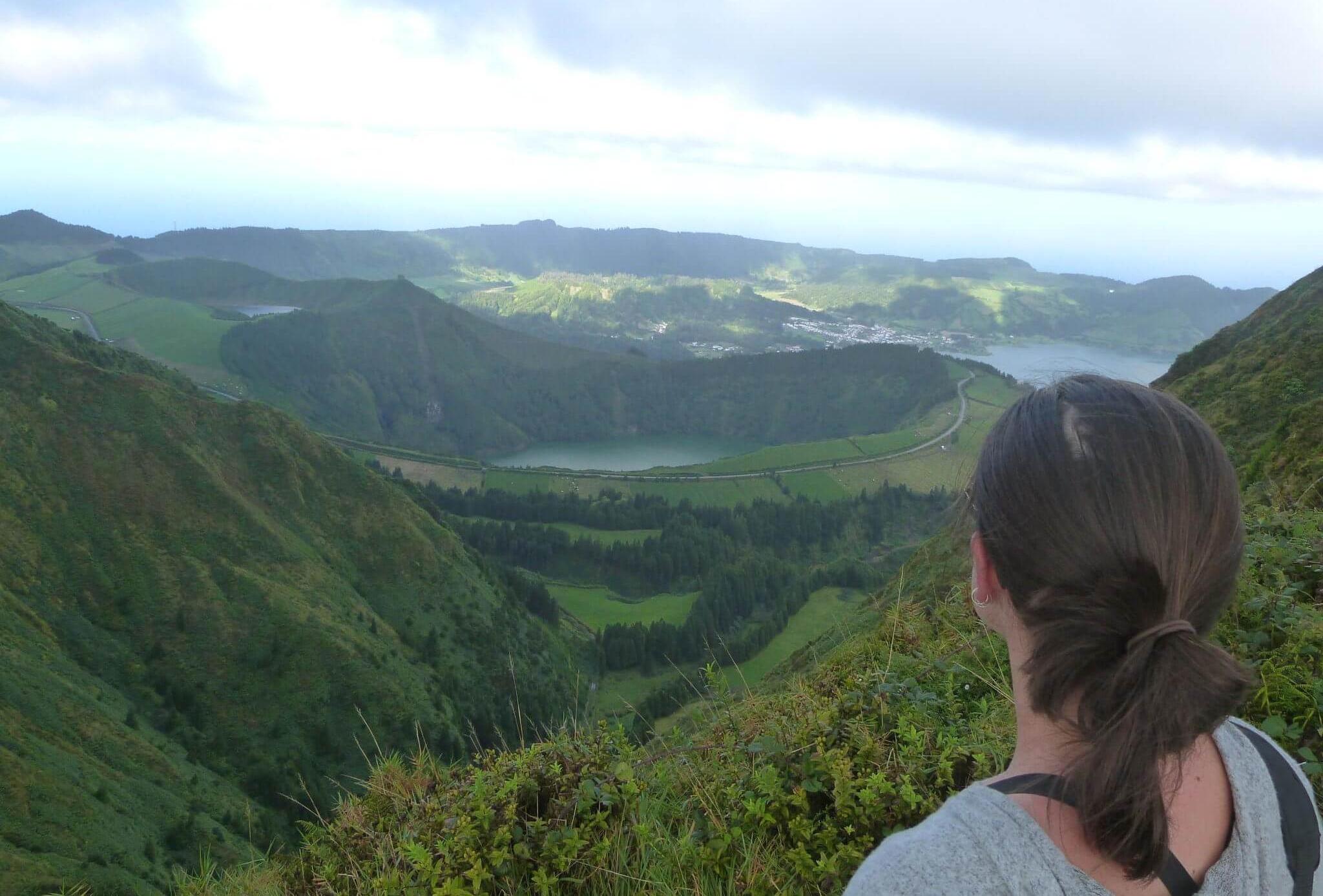After 18 years of living in New York State, I’ve learned quite a bit about the country’s fourth-most populous state. From where to go and what to do, to what to eat and how to get around, here are some tips from a local on how to make the most of your visit to the Empire State.
1. Understand that New York State is NOT New York City
If there is only one thing you take away from this article, it should be that New York State is not the same as New York City. This is especially important to residents outside of New York City, such as those in the Catskills, Western, and “Upstate” New York areas. New York State is extremely diverse in terms of population, politics, geography, and gastronomy, so don’t equate the city with the state, and do yourself a favor and see as much as possible.
2. What exactly is Upstate New York?
That depends entirely on who you ask, and New York State residents will probably never stop battling about where exactly “Upstate” starts. It’s essentially a loosely defined area that begins somewhere above Westchester County (the county immediately north of New York City) and stretches north to the Adirondacks. For anyone who’s spent time in the Midwest, “going Upstate” is kind of like “going up north.”

3. Hit the trails
With over 180 state parks, 150 mountain biking trails, and 700 shared-use and single-use trails, New York State was made for adventurers. The 750-mile Empire State Trail is a recently built trail that begins in Lower Manhattan, runs north to Albany, then branches west to Buffalo and north to Rouses Point, right on the Canadian border. You can cycle the 360-mile Erie Canalway, hike the 46 high peaks in the Adirondacks (the largest publicly protected area in the contiguous United States), or visit the Autism Nature Trail – the first of its kind in the country.
4. Pack a warm coat and a swimsuit
As a large and diverse state, you’ll find plenty to do at any time of year. In summer, go swimming along Long Island’s beaches, bike up the Hudson River, and enjoy boating in Thousand Islands. Come winter, it’s time for seasonal adventures like snowmobiling, snow-tubing, and skiing on more than fifty downhill and cross-country ski trails. Hiking (which is especially great during fall foliage season), brewery hopping, and museum visits are available year-round, so it’s impossible to run out of things to do.

5. Bring cash
While most businesses accept credit cards, small street vendors (such as hotdog or pretzel carts in New York City) may only take cash. This also applies if you’re traveling through small towns and rural areas, where you’ll encounter farm stands offering locally-produced goodies like cheese, milk, jam, honey, wine, maple syrup, and fresh produce. Some of these stands only accept cash due to the lack of staff on-site to handle payments. Should you visit in the fall, you may want to try seasonal activities like apple picking or pumpkin picking.
6. Try different foods in different regions
When in Rochester, try their signature Garbage Plate, and when in Buffalo, the world capital of chicken wings, eat your way along the Buffalo Wing Trail. Dig into signature sandwiches like the pastrami on rye in New York City, the Beef on Weck in Buffalo, and Spiedies (pronounced “speedies”) in Binghamton. If you’re heading out to Long Island, order oysters and visit some of the many wineries, as New York State is the third-largest wine producer in the U.S., with numerous wineries and cideries to explore.

7. You don’t need a car to get around New York State (but it helps)
The extensive subway and bus routes in New York City are well-known for their reliability; however, public transportation is available all over the state. You can take the Long Island Railroad (LIRR) to Long Island, the Metro-North Railroad to get to Upstate New York and Connecticut, and Amtrak to get to various destinations across the country. While public transportation is effective, having your own vehicle gives you the flexibility to explore areas that may not be easily accessible by public transit.
8. You may (or may not) be able to turn right on red
If you rent a car in New York State, keep in mind that in most parts, turning right on a red light is permitted unless there’s a sign indicating otherwise. However, in New York City, turning right at a red light is illegal unless otherwise specified, adding a layer of complexity to your driving experience. Always observe local traffic rules, and when in doubt, wait at the red light.

9. Never eat pizza with a knife and fork
This is primarily a New York City thing, but the practice is generally frowned upon throughout the state. The traditional way to enjoy a New York slice is to grab it by both ends of the crust and fold it in half to prevent the cheese from falling out. However, everyone has their own preferences, just as long as it doesn’t involve a fork and knife.
10. Much of New York is accessibility friendly
Travelers with disabilities should check out accessible resources that provide helpful information. Among other things, the state offers information on adaptive skiing, traveling from Niagara Falls to New York City in a wheelchair, and lists museums that offer ASL tours for deaf visitors and tactile tours for those who are blind or low-vision.

11. Soak up the history and heritage
New York State is home to countless historical sites that triggered significant global movements, such as the Stonewall Inn in New York City, considered the birthplace of the modern LGBTQIA+ rights movement. Seneca Falls, in Western New York, sparked the U.S. women’s suffrage movement, hosting the Women’s National Hall of Fame. Nearby Rochester features the Susan B. Anthony House, while Auburn hosts the Harriet Tubman Home. In Lake Placid, you can discover the farm and historic site dedicated to abolitionist John Brown.
12. Political polarization is real
Contrasting political views are prevalent across the United States. While New York City leans liberal, it’s important to understand that much of New York State may not mirror that perspective. Conservative sentiment is common in regions like Long Island and Upstate New York, where you’re likely to see pro-conservative signs. Engaging in political conversations can provide insight into local values, but approach the subject with sensitivity, especially considering the emotional weight of such discussions.





